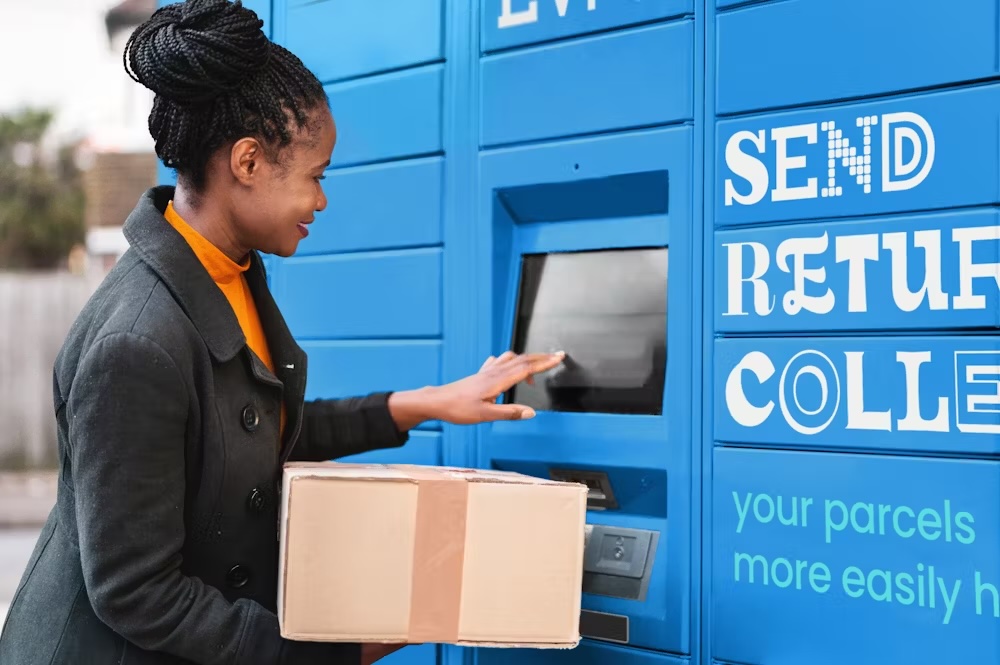The internet has been a life saver during lockdown: it is a way to keep in touch with friends, family and colleague, as well as a platform to shop. For businesses, too, it has been vital, giving them a platform to sell from, when everything else is shut, as well as a place to shout to consumers that they are there.
But, if anything, this shift to ecommerce has made the only world even more competitive – and when everyone is crowding in on the same shoppers, getting your brand or site in front of them is more vital than ever.
Social media has played a significant role in the lockdown – and as we look at how retailers can move on in a posts-lockdown world, social media is going to be one of the key tools to use to drive online sales and, when things ease up some more, may even be how to get around getting people to bother to queue to get into your stores.
So how can you leverage social media in the lockdown and post-lockdown worlds?
SELLING ON SOCIAL
Let’s get the easy one out the way first: using social media as a selling platform. Currently, your best bet is to look at how to sell through Instagram and, soon, Facebook – the latter looking to offer merchants a much easier way to sell on the site in the next month or so with its Facebook Shop option.
- Selling on Facebook (the old way) – To tap into the 2 billion people who use Facebook and start to sell to them from the platform you need two things: to know that, right now Facebook is essentially a marketplace when it comes to ecommerce, and secondly, that you must have a Facebook Commerce account.
To set up a Facebook Commerce account you will need all your business details, including tax details. You then fill in the online form and await acceptance of your application.
After you set up your Commerce Account, you need to upload your products to a catalogue. A catalogue hosts all the inventory you want to feature on the Facebook Commerce platform. Catalogue Manager then helps you keep on top of all your products.
You can then use Commerce Manager to keep track of orders made on Facebook and Instagram (see below) and receive payment for your sales. You can also handle post-purchase customer questions and basic customer service through the manager too.
- Selling on Instagram – Insta launched ‘shoppable posts’ back in March 2018, shifting the emphasis for selling away from listings in the merchant’s bio on the site to actually having clickable shopping bag price tags on items for sale in pictures posted on the site.
All you have to do as a merchant is add your product catalogue to your Instagram business account and then the merchant can tag items in pictures just as they would tag people in posts. This then links with your Facebook business account (Facebook owns Instagram and the two are becoming ever-more integrated )and shopping platform (see above) and customers simply click on the goods to see more and then can buy through the Facebook ecommerce suite.
- Selling on Facebook (the new way) – Facebook has, in the wake of the boom in online commerce, rushed through the launch of its Shop feature, so that smaller retailers can now sell from their feed, rather than having to have a dedicated shopfront on the Facebook marketplace.
Creating a Facebook Shop is free and simple. Merchants can choose the products they want to feature from their catalogue in the old way and then customise the look and feel of their shop with a cover image and accent colours that showcase their brand.
This means any seller, no matter their size or budget, can bring their business online and connect with customers wherever and whenever it’s convenient for them. Shoppers can find Facebook Shops on a business’ Facebook Page, or Instagram profile, or discover them through stories or ads.
From there, you can browse the full collection, save products you’re interested in and place an order — either on the business’ website or without leaving the app if the business has enabled checkout in the US, for now, and across Europe in the coming months.
MARKETING ON SOCIAL
While Facebook and Instagram offer an increasingly important place to sell to consumers – tapping into potentially a billion people at any given time worldwide – wider social media, additionally encompassing Twitter, SnapChat, TikTok and more – is ideal for marketing your brand.
According to research by Kantar, over the month of April 2020, as lockdown really started to bite, social media, especially Instagram and TikTok, saw a 25% increase in engagement on and a staggering 72% increase on #ad content by influencers.
There is clearly much to be gained from using social to engage consumers and make them shop. So how do you make that happen?
- Know where your audience is – You may well have had an idea of which social channels your typical audience was using before COVID-19, but that has changed. Under lockdown, video interaction has seen a marked increase. Whatsapp and Facebook Messenger have seen up to a 70% increase in use during lockdown and Instagram Live and TikTok have been joined by video conferencing apps such as Zoom and Twitch as places where your audience are now hanging out.
Many younger people are also now hanging out on HouseParty, so bear that in mind.
Once you know where your people are, you will have to make sure that the content you create and the voice that you use are in keeping with these sites and the new ways in which people are communicating.
- Be creative with content – The changing nature of where people are means that you have to shift how you create content. Anything you produce has to chime with the times and chime with the platforms being used. Video is now a must, as that is how people are currently communicating and it is the kind of things that people are sharing.
- Be interactive – Another aspect of content creation to bear in mind is making things more interactive. Turning what would have been simple messaging into a game is one way to do this. Trying to start a conversation, get people posting their own creations, ideas and more is also a way to start to engage bored, lonely and isolated people.
- Be Authentic – All of the above has to be ‘authentic’. Big budget, slick commercial-style content is not what is required. Instead, look at how to make what you do personal and personable, homegrown and engaging – and try to speak to people in a natural way. Share their pain and suffering in lockdown and show empathy. People are open to marketing right now, but not the hard sell.
- Do good –Give them information that helps them. Make them laugh. Make them feel less alone and isolated. Be a force for good. Crocs, for example, gave away free footwear to health workers and put it out there.
CONCLUSIONS
The Kantar research found that 92% of US consumers thought that brands should continue to advertise and push their wares during the pandemic; but they need to do it in the right tone.
And social media has a central role to play in this process – in fact, it is in many ways the best way to change the tone of the conversation and get your brand out there while offering advice, encouragement and empathy to would-be shoppers.
It also increasingly offers a place for consumers stuck at home exploring the internet to shop.
Where the real power lies – and where a new trend in ecommerce is emerging that will stick post lockdown – is that social media is increasingly becoming the way to direct link interaction and marketing to consumers with the actual selling platform.
With more people than ever online and looking to shop there, the move to social media as a sales platform has been accelerated. Now is the time to get on board with that change – leaving you ready for what lies beyond.









